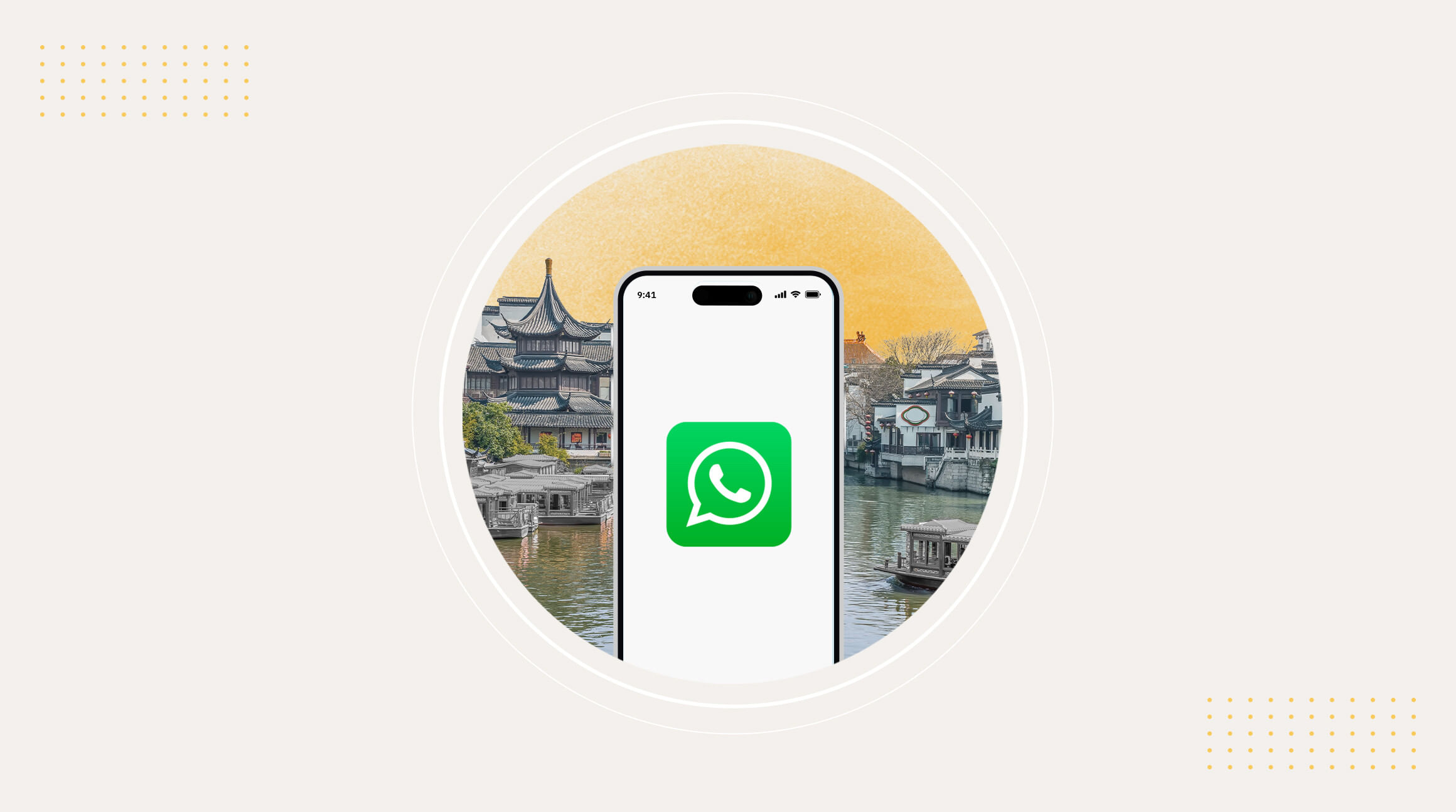
When I first landed in China, I figured getting online would be as easy as it had been everywhere else I’d worked remotely. You pop in a SIM, connect to Wi‑Fi, and boom, back to business. But then WhatsApp wouldn’t load. Neither would Gmail.
Google Maps and Zoom?
Forget it.
That’s when I learned the hard way about China’s Great Firewall and just how tightly it controls what you can and can’t access.
If you rely on tools like WhatsApp to stay connected, you’ll need a workaround. Fast.
In this guide, I’ll walk you through how to access WhatsApp in China, the best alternatives if it’s not your only messaging app, and why a solid eSIM might just save your trip—and your workday.
Is WhatsApp Really Blocked in Mainland China?
It’s been blocked outright since 2017.
The Chinese government ramped up censorship that year, and WhatsApp, with its encrypted messages and calls, didn’t survive the cut.
First, it was video and voice calls that got throttled. Then even simple text messages stopped going through.
That said, don’t lump all of China into one bucket. I found out the hard way that WhatsApp works just fine in Hong Kong and Macau, thanks to the “one country, two systems” policy.
It was a bit strange. One moment I was video calling my team from a rooftop café in Hong Kong; the next, I crossed into mainland Shenzhen and watched as many of my apps stopped working.
Same phone. Same SIM. Different digital universe.
How Can I Access WhatsApp in China?
I’ve worked remotely from all over Asia, but China has been the only place where my usual setup failed me completely.
No Gmail, no Slack notifications, no Zoom access—and absolutely no WhatsApp. If you rely on these tools (and let’s be real, who doesn’t?), here’s how I found my way around the wall.
Use an Airalo China eSIM

Setting up a China eSIM before I flew out was hands down the most brilliant move I made.
I activated it the moment I landed in Shanghai, and within minutes, I was back online—WhatsApp, Google Maps, Gmail, everything.
Since the eSIM connects through a foreign network, it bypasses the Firewall without needing a VPN most of the time.
Benefits
- Large variety of plans - 1 GB, 2 GB, 3 GB, 5 GB, 10 GB, 20 GB, Unlimited
- Very affordable - Get unlimited data at just $3.50 per day
- Immediate data access as soon as you touch down—no hunting for local SIM cards or kiosks
- Because it’s data-only, it doesn’t drain your battery like tethering or hotspot juggling
- VPN is often unnecessary, so your connection stays fast and smooth
- Support some laptops too
Limitations
- Only works if your phone supports eSIM (most newer phones do, but check before you fly)
- Needs to be purchased and installed before arriving in China—don’t wait until you’re behind the Firewall
Use an Asia-Regional eSIM
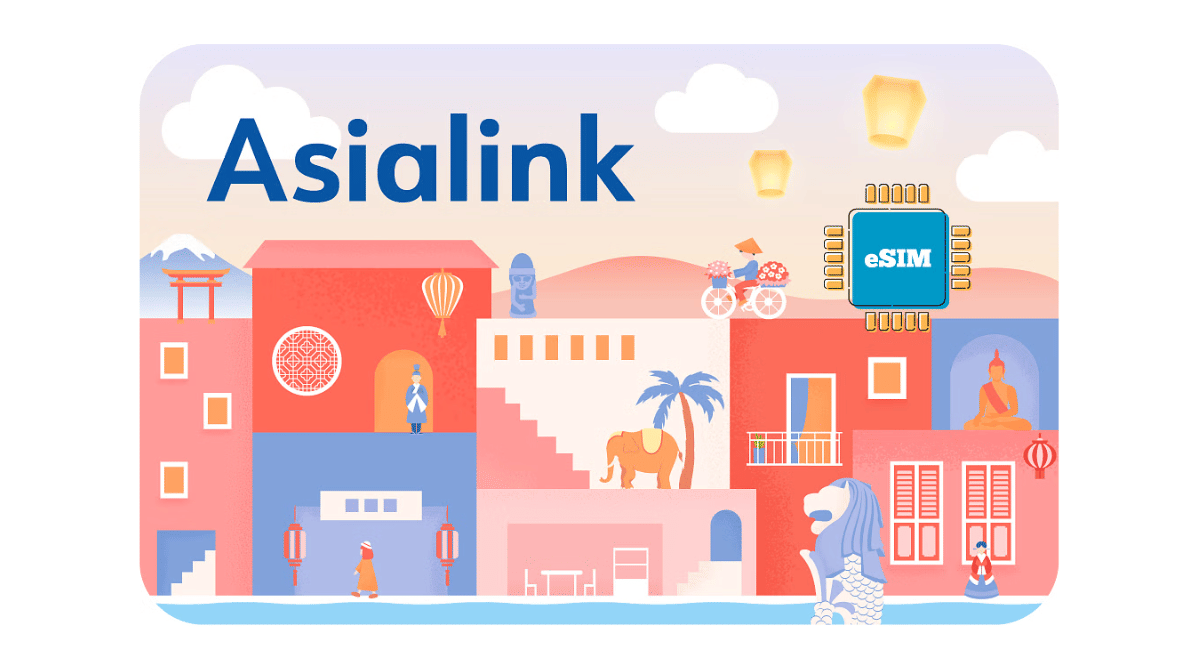
On my subsequent trip, I went with an Asia-regional eSIM to keep things seamless across borders. It worked in Thailand, Vietnam, South Korea, and yes, China. Great for digital nomads and remote workers bouncing around Asia.
Benefits
- Covers multiple countries, so you don’t have to switch plans every time you cross a border
- Super convenient if you’re traveling through Asia and want one streamlined setup
Limitations
- Speeds can be inconsistent in China, especially in remote regions
- You’ll still need a VPN in some areas, depending on how aggressive the local network filters are
Use a VPN
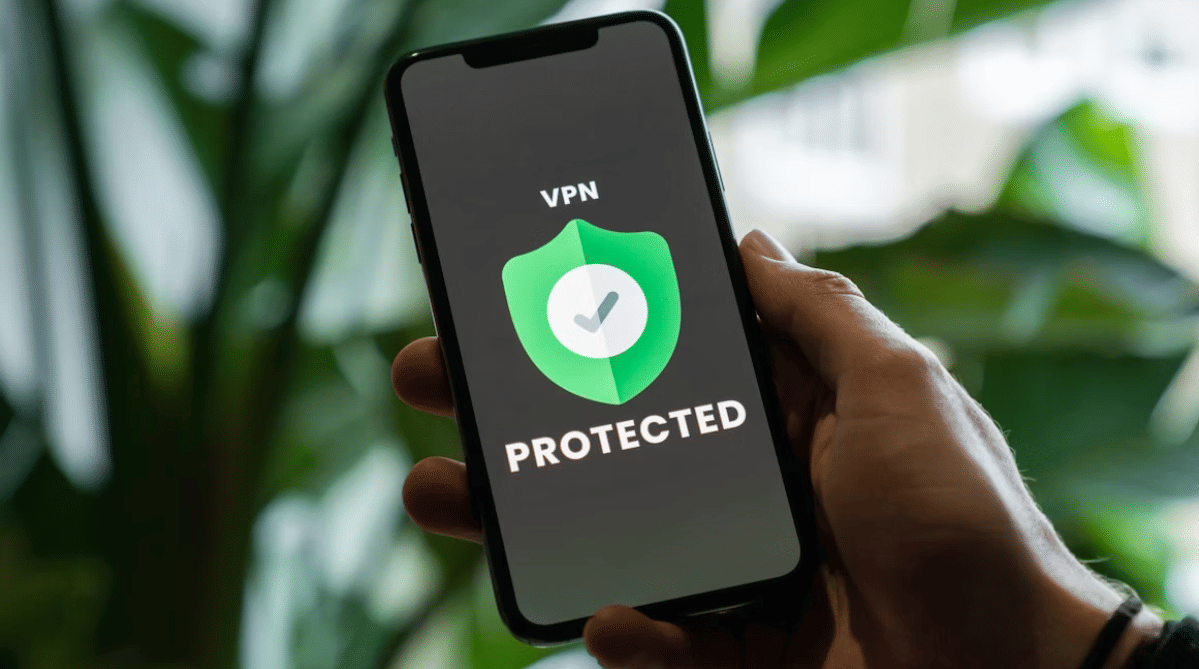 Unsplash
Unsplash
Before my first trip to China, I’d heard the usual advice: “Just use a VPN.” So I picked a well-known provider, installed it on my devices, and crossed my fingers.
And to be fair, it mostly worked. I could access WhatsApp, Zoom, Gmail once connected to a foreign server.
The upside? A VPN works across any connection: hotel Wi‑Fi, café hotspots, even local SIM cards. I could jump between cities without losing access.
But here’s the kicker: not every VPN holds up against China’s firewall. One day it’s running smoothly, and the next, the connection becomes unstable without warning.
I also noticed slower speeds, especially during video calls or large file transfers. And setting everything up took a bit of technical patience.
Benefits
- Works with any network (local SIM, hotel Wi‑Fi)
- High flexibility in server choices
Limitations
- Chinese crackdown on VPNs; not all work
- VPN can slow connection; setup hassles
Portable Wi‑Fi Router with Built-In VPN
 Unsplash
Unsplash
Eventually, I tried something a little different—a portable Wi‑Fi router preloaded with VPN. I rented one before flying out and brought it along for my second trip.
It was a relief not having to configure my VPN manually. I just turned it on, connected my phone and laptop, and had instant, encrypted access to WhatsApp and everything else.
There was no need to tweak settings or troubleshoot app errors. Plus, I could connect multiple devices at once, which was great when I was traveling with a team. Everyone had secure access without jumping through tech hoops.
Still, carrying the extra device felt like a trade-off. It needed its own charger, took up space in my bag, and added to the overall cost of staying connected.
Not a dealbreaker, but definitely something to plan around.
Benefits
- One device covers all your gadgets
- Preconfigured VPN, no installation needed
Limitations
- Another device to carry and charge
- Rental costs + data charges
Best WhatsApp Alternatives That Work in China
If you’ve ever found yourself staring at a frozen WhatsApp screen in a Shanghai hotel lobby (guilty), you know the panic that sets in when your go-to apps are suddenly… gone.
Fortunately, China has its communication ecosystem. And while it’s different, it’s not without options.
Let’s talk about some of the WhatsApp alternatives out there.
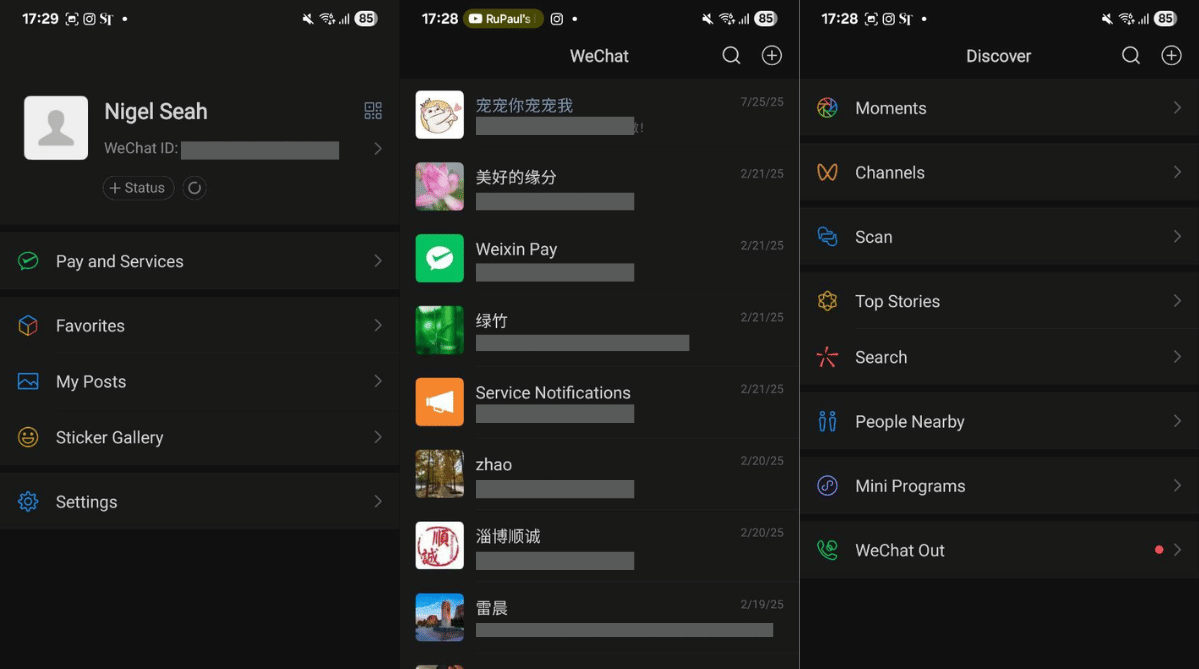 WeChat
WeChat
WeChat is more than a messaging app. It’s practically the digital backbone of everyday life in China.
Think texting, voice calls, video chats, mobile payments, restaurant bookings, and even document sharing—all rolled into one sleek (and slightly overwhelming) platform. I used it to message local contacts, pay for coffee, and even unlock a shared bike.
WeChat’s Shake feature lets you connect with others shaking their phones at the same time worldwide — a fun way to meet locals and fellow travellers on the go, adding a touch of spontaneity and discovery to your adventures.
Just keep in mind: conversations aren’t exactly private.
The app is monitored, and you’re agreeing to that when you sign up. So while it’s essential for connecting locally, I wouldn’t use it for sensitive business chats.
Tencent QQ
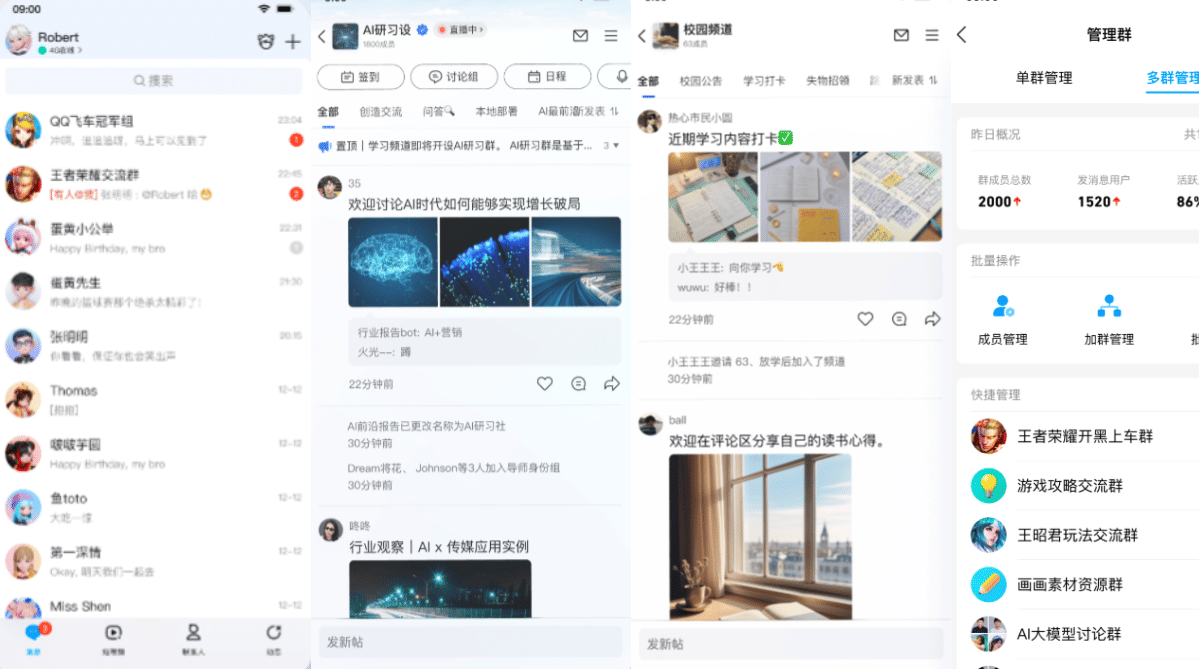 Tencent QQ
Tencent QQ
If you want to feel like you’ve time-traveled to early-2000s internet culture, but with a modern twist, QQ might be your thing.
It's surprisingly popular in China, especially among younger users. I used it to join a workgroup with a local creative agency and ended up discovering mini-games, file sharing, and fun little avatars that made me nostalgic for old-school chat clients.
It’s definitely not sleek or minimalist, but it works, and it connects you to a massive user base inside the Firewall.
FaceTime
 Unsplash
Unsplash
If you're an Apple user, FaceTime becomes your best friend in China. Since Apple services aren’t blocked like Google’s are, I found that FaceTime calls with clients and family back home were consistently smooth—even over basic hotel Wi‑Fi.
Audio quality was clean, and I never once had to troubleshoot connection issues.
While video calls are supported, there are some things to note:
- It’s Apple-to-Apple only. Android users are out of luck.
- FaceTime Audio (audio-only calls) is disabled on iPhones and iPads sold in mainland China
- Group FaceTime and FaceTime links are also not supported on devices purchased in mainland China
Feishu (Lark)
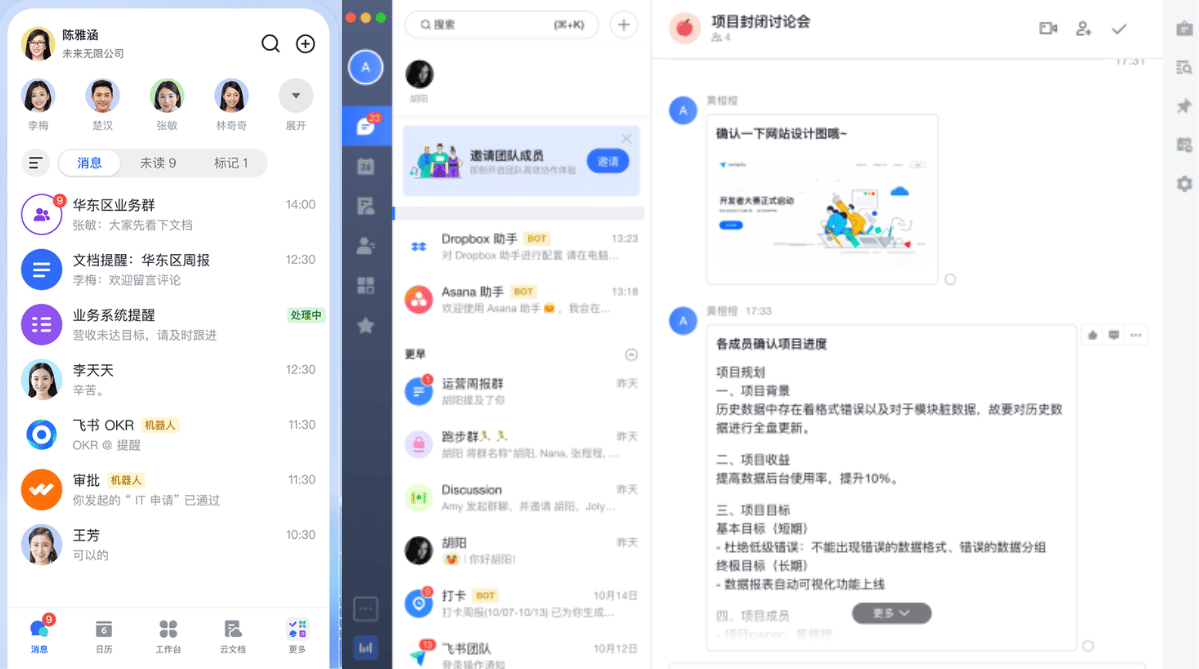 Feishu
Feishu
Feishu and Lark are essentially two versions of the same product, customized for local (China) vs. global markets, with differences in hosting, integrations, and regulatory compliance.
It’s like Slack, Zoom, Google Docs, and Notion had a baby.
Built with teams in mind, it’s sleek, fast, and designed to handle messaging, video meetings, calendars, and file storage all in one place.
What makes Feishu stand out is that it’s optimized for both Chinese and international teams, meaning I could loop in colleagues from abroad without hitting the usual compatibility walls.
For remote work and project management in China, it’s a strong contender.
Why Reliable Data via eSIM Matters for WhatsApp Access
Unstable Wi‑Fi? Say Goodbye to Consistency
During my first trip to China, I tried relying on hotel Wi‑Fi to get by. Big mistake.
The signal was unpredictable, login portals were often blocked, and my VPN would cut out right when I needed it most. I missed Slack pings, Gmail alerts, and nearly dropped out of a Zoom call with a new client.
It became clear fast: free Wi‑Fi doesn’t cut it when your work runs online.
A China eSIM Keeps You Connected, Seamlessly
Once I switched to a China eSIM, everything changed.
The connection was immediate and consistent. No jumping through setup hoops or praying the signal would hold. My VPN connected more reliably, and I finally had smooth access to WhatsApp, Google tools, Zoom, and Gmail.
Because eSIM routes traffic through foreign networks, I didn’t even need the VPN all the time. That saved both time and sanity.
Business, Safety, and Everything In Between
This goes beyond meetings and inboxes. I’ve used WhatsApp to share my live location while biking through Chengdu, to send a PDF to a coworker on a deadline, and to verify a two-factor login when my bank app locked me out.
Pro tip: Switch your 2FA to email or WhatsApp instead of SMS. Email works anywhere with data, and updating your number for SMS is a hassle.
When you’re on the move and things get urgent, stable mobile data becomes your lifeline. A good eSIM doesn’t just keep you connected; it keeps you secure, responsive, and in control.
Don’t Let the Firewall Win—Stay Connected with a China eSIM
If there’s one thing I’ve learned from working remotely in China, it’s that preparation is everything. WhatsApp might be blocked, but that doesn’t mean you have to be offline, out of touch, or stuck in digital limbo.
For me, the most reliable solution by far was using a China eSIM.
It gave me instant access to mobile data the moment I touched down, helped power my VPN when I needed it, and let me use WhatsApp, Gmail, and Google Maps without stress or sketchy connections.
If you want to travel smart, work uninterrupted, and avoid digital dead zones, getting an eSIM from Airalo is hands-down worth it.
No hard sell here, just a fellow traveler telling you: don’t wait until you're stuck behind the firewall to figure this stuff out.




